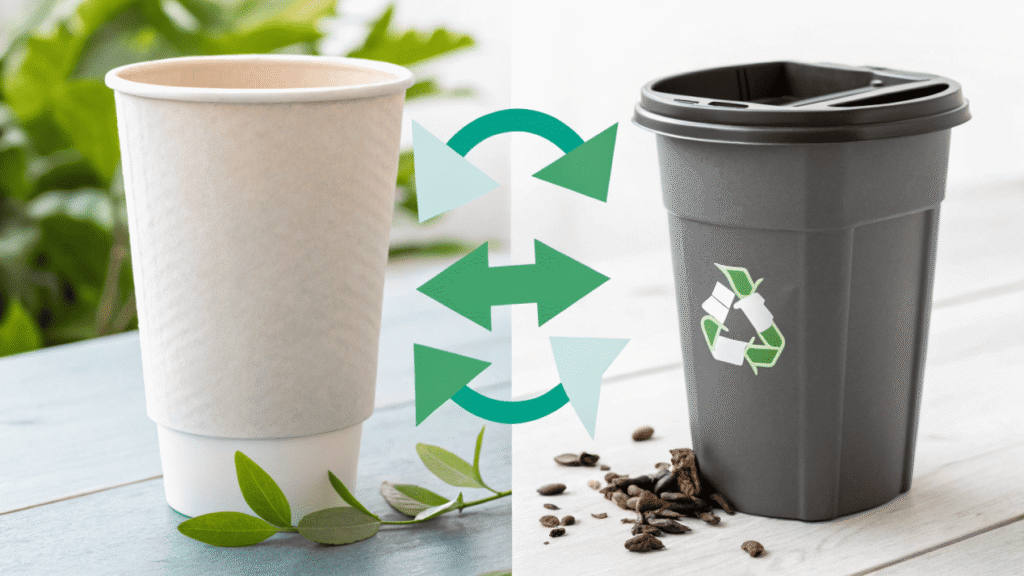Choosing between plastic and paper cups is a huge decision for your business. The wrong choice can hurt your brand image and expose you to future risks and costs.
For most businesses today, paper cups are the better choice. They offer a superior brand image, align with modern consumer values, and protect your business from future single-use plastic bans.
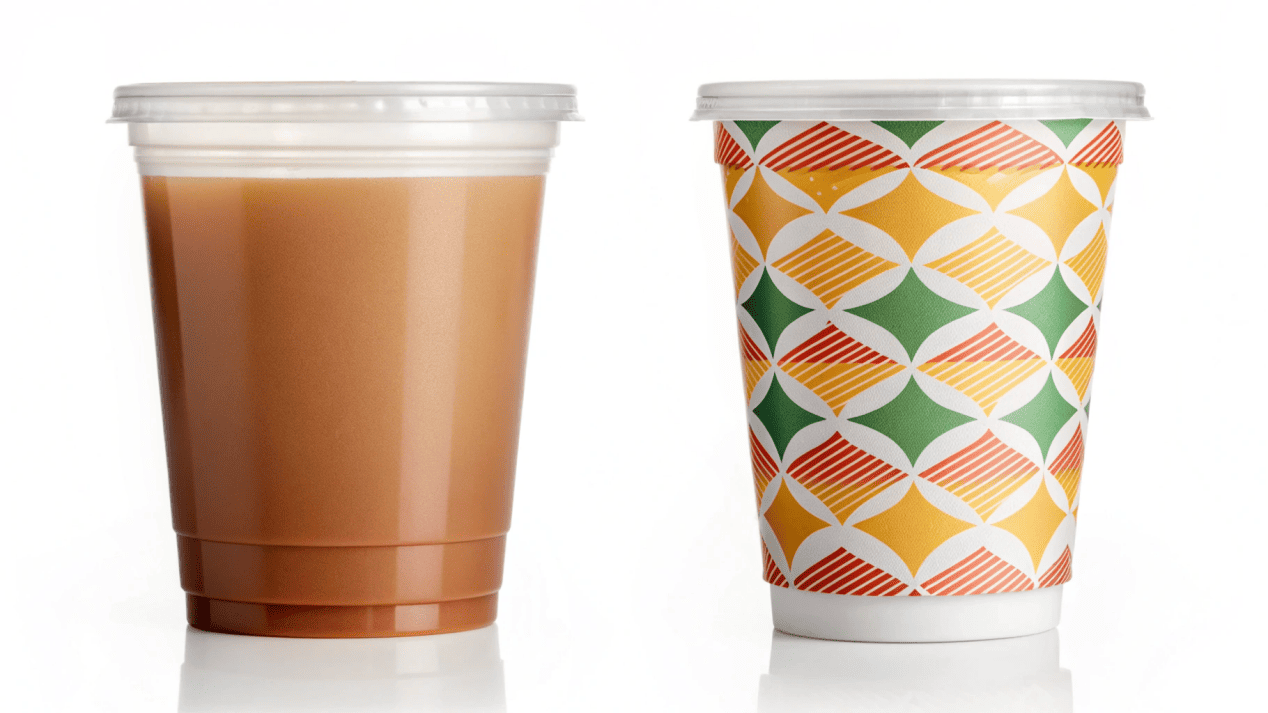
This is the first question almost every new client asks me. Twenty years ago, the answer was simple: "Whatever is cheapest." Today, the answer is much more complex. A cup is not just a container anymore; it is a statement about your brand's values. The right choice is a balance of four key factors. I guide my clients through this decision every day. Let's break down the facts so you can choose wisely not just for today, but for the next five years of your business.
Are Plastic Cups Really Cheaper Than Paper Cups?
You need to control your costs, and on the price list, plastic cups always look cheaper. This makes them very tempting, but the true cost isn't just the price per cup.
Plastic cups often have a lower price per unit. However, premium paper cups can support a higher product price, and double-wall versions eliminate the extra cost of sleeves, offering better overall value.
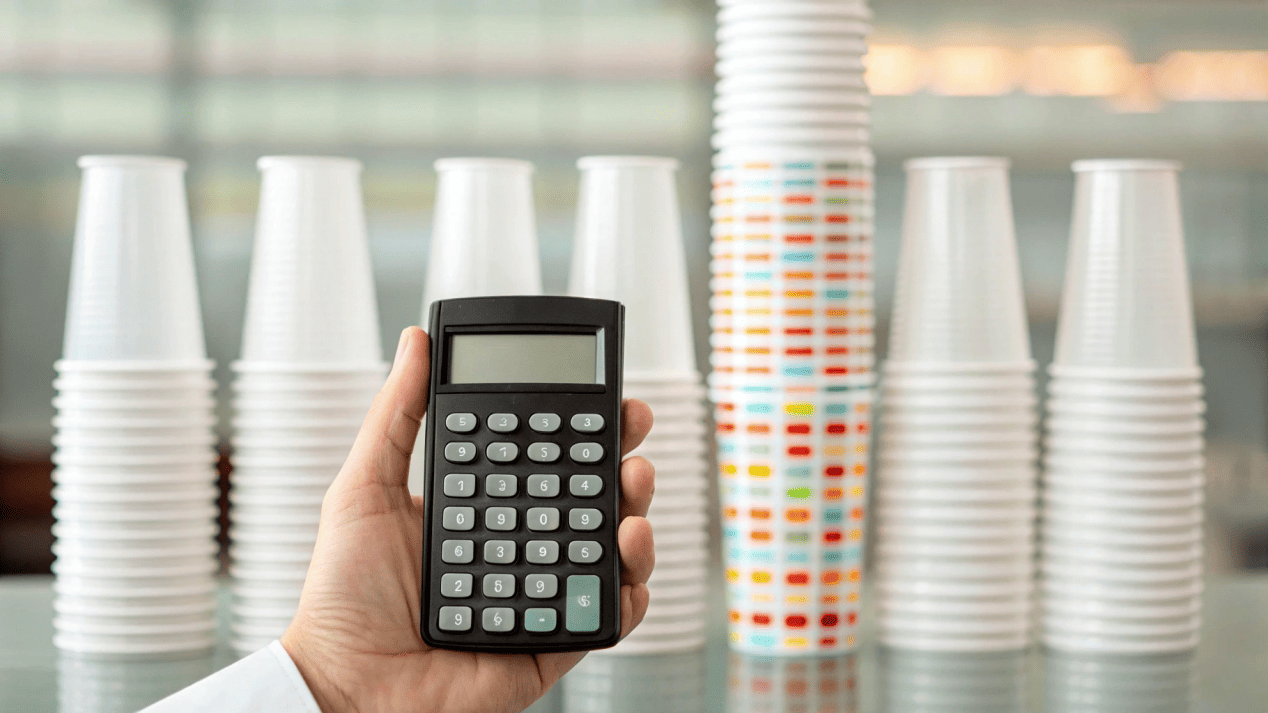
This is a trap many new business owners fall into. They only look at the upfront cost per thousand cups. But I always advise them to think about the "total cost of ownership" and the value the cup brings to their product. Plastic seems cheap, but it can cost you in other ways. For hot drinks, you must buy a separate sleeve for a plastic cup, which adds cost and another item to your inventory. In contrast, a double-wall paper cup has insulation built-in, so you don't need a sleeve. This saves money and streamlines your operations.
More importantly, a sturdy, well-printed paper cup has a premium feel. It makes the drink inside feel more valuable, which can support a higher price point.
The True Cost Breakdown
| Factor | Plastic Cups | Paper Cups |
|---|---|---|
| Unit Cost | Lower | Higher |
| Extra Costs | Often require a sleeve for hot drinks. | Double-wall versions need no sleeve. |
| Perceived Value | Perceived as "cheap" by consumers. | Perceived as "premium" and responsible. |
| Overall Value | Low. The initial saving is often lost to hidden costs and lower brand value. | High. The higher unit cost is an investment in brand image and customer experience. |
Which Cup is Actually Better for the Planet?
You want to make an eco-friendly choice, but the debate is confusing. Both plastic and standard paper cups have environmental downsides, making it hard to know what's right.
A compostable, PLA-lined paper cup is the best choice. It comes from renewable resources (trees) and can break down into organic matter. Plastic comes from non-renewable fossil fuels and pollutes our oceans.
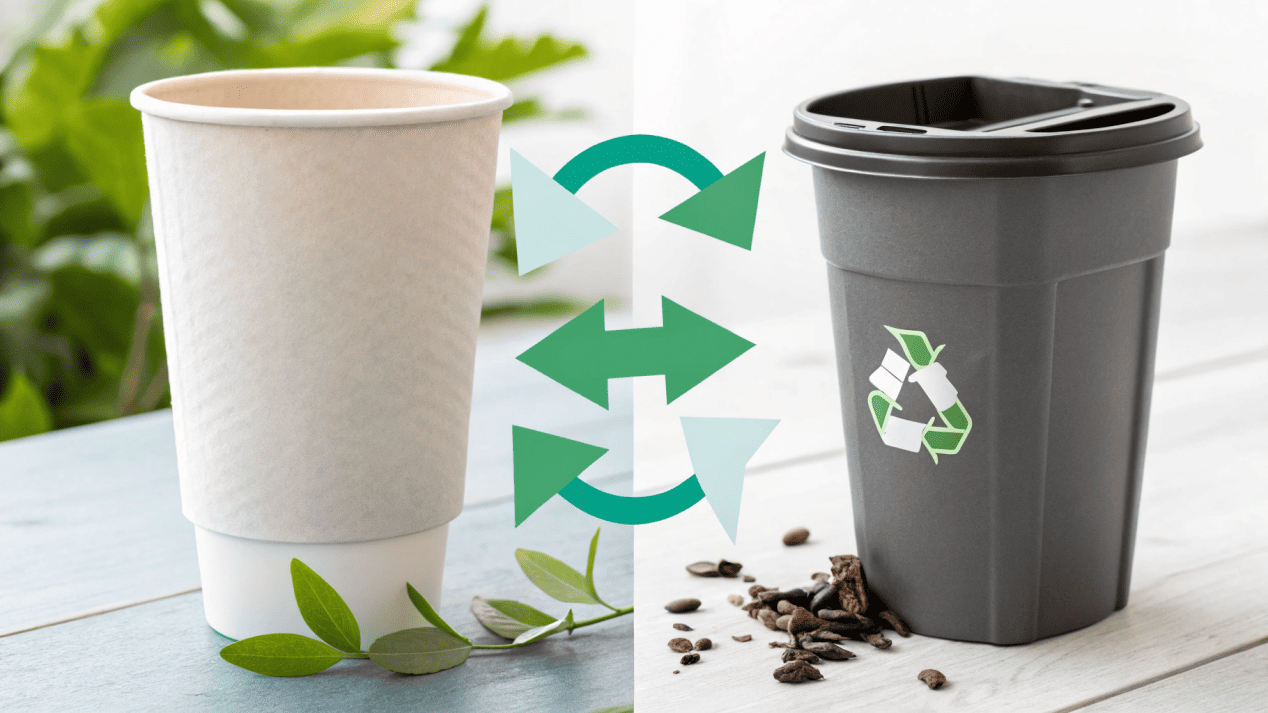
This is the most important factor for many of my clients today. The science can be complicated, so I break it down into simple facts.
The Problem with Plastic
Plastic cups are made from fossil fuels, which are a non-renewable resource. While they are in theory recyclable, the reality is that global plastic recycling rates are extremely low. Most of these cups end up in landfills or, worse, our oceans. There, they never truly disappear. They just break down into tiny, harmful microplastics that pollute our water and food chain for hundreds of years.
The Problem with Standard Paper
Standard paper cups are made from paper, which is a renewable resource (when it comes from responsibly managed forests). That's good. But to make them waterproof, they are lined with a thin layer of polyethylene (PE), which is a type of plastic. This mixed material makes them very difficult to recycle in most standard facilities.
The Better Solution: Compostable PLA Paper Cups
This is the innovation that changes the game. We specialize in making paper cups lined with PLA (Polylactic Acid). PLA is a bioplastic made from plant starches like corn. This means the cup is made entirely from renewable resources. Better yet, these PLA-lined cups are commercially compostable. Instead of sitting in a landfill, they can be turned back into soil. This is the clear winner from an environmental standpoint.
What Kind of Cup Do Your Customers Actually Prefer?
You want your brand to be loved and respected. Using a cup that customers see as cheap or environmentally harmful can quietly damage their opinion of your business and your product.
Customers increasingly see plastic cups as cheap and irresponsible. They perceive paper cups as more premium, natural, and eco-friendly. A well-designed paper cup is also far more likely to be shared on social media.

In my 21 years in this business, I have never seen customer opinion shift so quickly. Today, your packaging is a direct message to your customers about your values. Handing them a flimsy plastic cup sends a message that you prioritize low cost over quality and the environment. Handing them a sturdy, nicely printed paper cup sends a message of quality and responsibility. The feel of the cup matters. A paper cup feels natural and substantial in the hand. A plastic cup often feels cold and cheap.
And in the age of Instagram, this is also a marketing decision. A paper cup is a beautiful canvas for your brand's logo and design. A colorful, well-designed paper cup is an accessory that people want to photograph. A clear plastic cup is just a container. I have clients who switched from plastic to our custom-printed paper cups and saw their social media tags and shares increase dramatically. Their customers became their best marketers.
How Can Your Cup Choice Protect You From Future Laws?
The laws about single-use plastics are changing very fast all around the world. Choosing the wrong material today could force you into a sudden and expensive change tomorrow.
Governments worldwide are banning or taxing single-use plastic cups. Choosing plastic is a significant business risk. Adopting paper cups, especially compostable ones, protects your business from these future regulations.
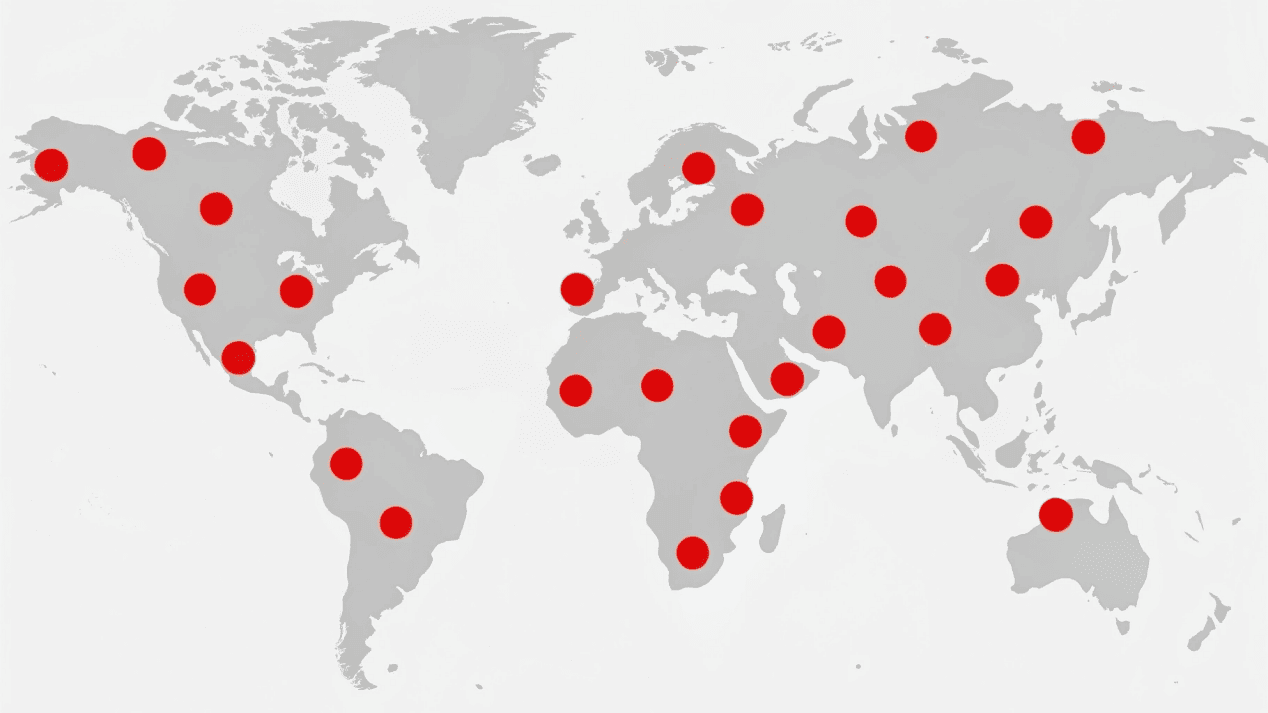
This is a practical business discussion I have with every client. It's not a matter of if more plastic bans will happen, but when they will happen in your city or country. From Europe to Asia to individual states and cities in North America, the regulatory trend is clear: governments are moving aggressively against single-use plastics.
Imagine you invest thousands of dollars in plastic cup inventory, only for your local government to announce a ban starting in six months. You would have to scrap your inventory, rush to find a new paper cup supplier, and redesign your packaging under pressure. This is a costly and stressful risk.
I advise my clients to future-proof their business today. By choosing to use paper cups—especially compostable PLA-lined cups—you are not just making an environmental choice. You are making a smart, strategic business decision that protects you from this risk. You position your brand as a proactive leader, not as someone who was forced to change by the law.
Conclusion
While plastic may seem cheaper upfront, high-quality paper cups are the clear winner for building a modern brand. They improve your image, meet customer expectations, and safeguard your business's future.
